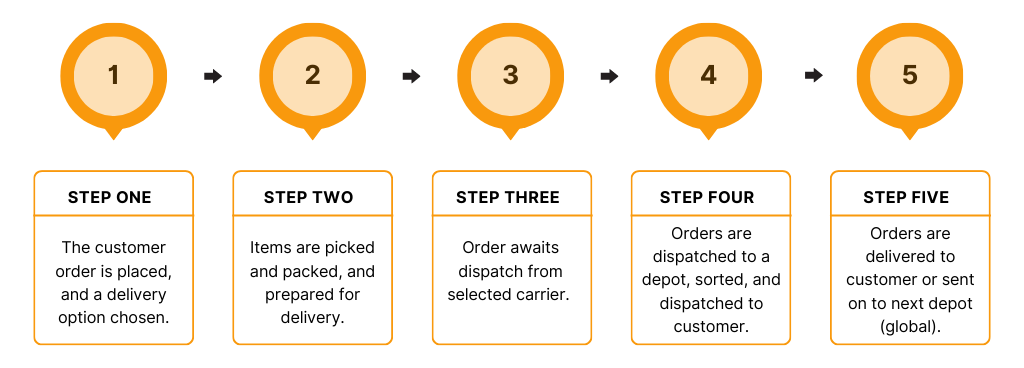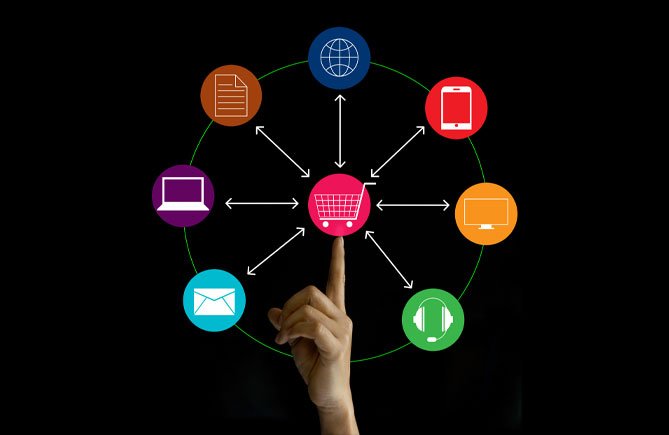Why Optimised Last Mile Delivery Matters – And How to Achieve It
For shoppers the last decade has been all about learning to trust, enjoy and finally rely upon super-efficient online shopping. Now, it’s simpler than ever to get what you want, when you want it, without having to worry about how it’s being achieved.
Whilst online shoppers relax into the eCommerce experience, though, the experience of online retailers is quite different. They’re the proverbial swans gliding with elegance into the ecommerce environment, whilst paddling furiously to keep up with the new challenges. One of those challenges is ‘last mile delivery’.
What is Last Mile Delivery?
Last-mile delivery refers to the final leg of the e-commerce shipping process when processed goods are transported to the customer’s doorstep in the swiftest, most cost-effective way possible.
No matter the size of the package, how long its journey, or the stops it makes along the way, the last mile is critical to brands because it’s the point at which your customers’ expectations are fulfilled or dashed.
A package that doesn’t arrive in its time slot, or doesn’t arrive at all, ruins the customer experience. A poor experience that isn’t managed well can fast turn from anger, to rage to a blistering online review.
What Does Last Mile Delivery Look Like?
Whilst the last mile is narrowly defined as the transit period for goods, in fact the problems can begin much earlier in the process:

Throughout this process, vital information is being communicated via a warehouse management system (WMS), which details the warehouse location, shipping option chosen, and customer location.
The last mile delivery process is complete once the order has been successfully delivered.
5 Ways to Optimise Your Last Mile Delivery
There are, of course, many reasons why an order might be delayed, that are completely out of your control. What’s important, though, is to ensure that the things that are in your control are working as well as they possibly can be.
Here’s 5 ways you can do that:
1. Listen to Your Customers
Every time someone calls to complain, leaves you a bad review – or a good one for that matter – they’re giving you information you need to take note of. How fast do they want you to deliver, and would they be willing to trade off speed for cheaper shipping costs? Do they want to be able to change their delivery options mid-process? How important is it for them to be able to track delivery?
Profiling your customers’ needs not only helps you to avoid disappointment; it also provides opportunities for delighting them.
2. Optimise Packaging for Transport
Orders that arrive looking like they’ve been used in a game of football create a bad first impression for customers. It’s easy to blame carriers for poor transport storage, but the problem may start earlier than that. Optimised packaging minimises the empty space around goods, as well as creating packages that easy to store in transit.
Optimised packaging not only increases the chances that your goods will arrive in a good condition; reducing the air around your goods also saves money on shipping.
3. Invest in Inventory Management Software
The goal of inventory management software is to ensure that retailers know what inventory they are holding, and where they are holding it. This total visibility provides a guarantee for customers that an appropriate level of stock is being held. This means that order fulfilment will be reliable and turnaround times for shipping will be minimised.

A Warehouse Management System integrates all your systems into a single place, which maximises the efficiency of your data processing, and increases the accuracy of the information you hold.
4. Make Promises You Can Keep
It’s tempting to offer your customers super-fast deliveries, frictionless returns, and any item they may want – but it doesn’t always make good business sense. Know what your business can deliver, given your resources and your carrier network, and offer only what is possible. It arguable that a customer would rather wait an extra day for delivery, than be frustrated by a promise that is broken.

5. Embrace Omnichannel Fulfilment
Omnichannel fulfilment strategies streamline your process in order to facilitate customer communications across every channel with which they interact. The goal is to achieve a seamless experience for customers, whether they start their purchase in a bricks-and-mortar store and end it with a delivery at home, or order on their commute and pick-up their order from a physical location.
Where omnichannel fulfilment is most successfully implemented, transport schedules are re-optimised throughout the day as new orders or instructions are received.
Are You Looking For a 3pl to Optimise Your Last Mile Delivery?
Prolog Fulfilment is a long-established 3pl that specialises in enhancing last mile delivery for its eCommerce clients.
We’re centrally located in Nottinghamshire, and our fulfilment centre provides warehouse storage, picking and packing, shipping and returns management. Our Warehouse Management System makes it easy for brands to manage their inventory effectively, track goods in real time, and make changes to orders if necessary.







